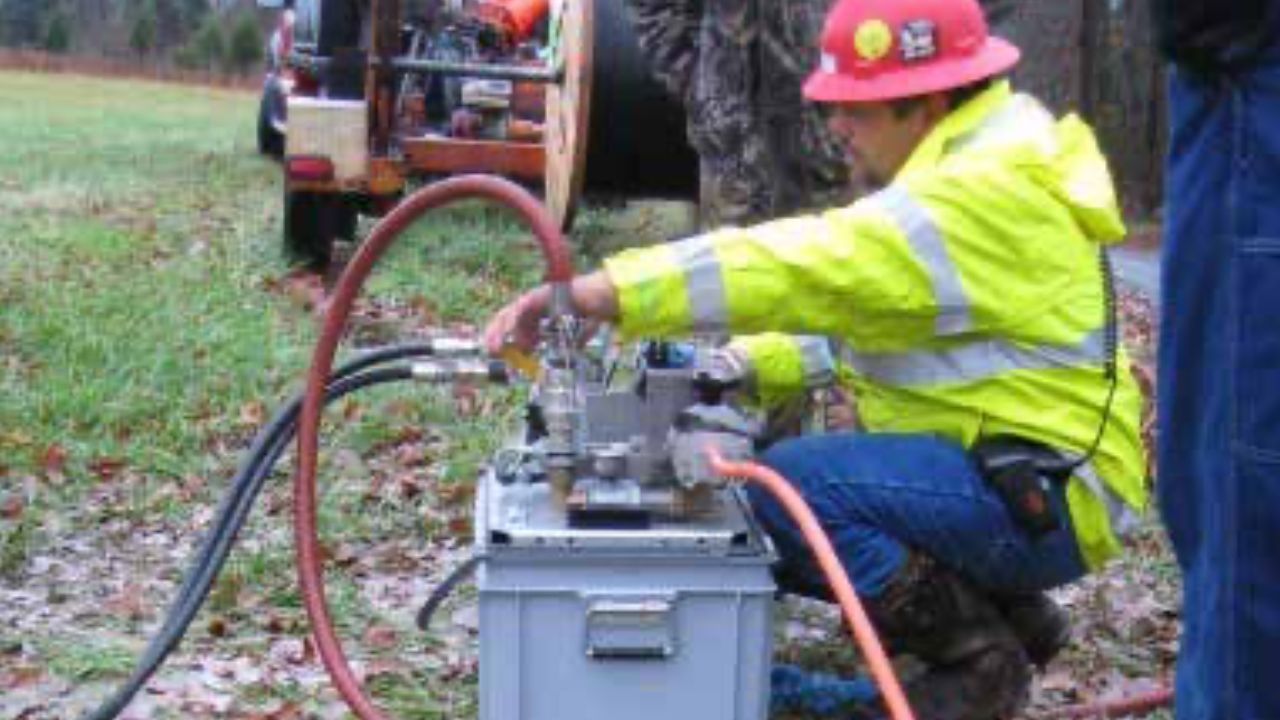Air-blowing fiber, sometimes referred to as jetting fiber, is a cost-effective method of installing fiber optic cable that makes it easier for optical fiber networks to grow in the future. It is possible to deploy fibers in locations with restricted access or that are difficult to reach. Additionally advised for locations where there will be frequent network additions and upgrades is air-blown fiber. As opposed to being pushed into position, air-blown fibers are blown into place, which eliminates fiber splice points and places no tensile stress on the fiber during installation, reducing attenuation and enhancing system integrity and performance.
It also removes the requirement to add black fibers by enabling duct installation before you determine the real amount of fiber needed. In order to reduce optical loss and improve system performance, it also minimizes splicing and connectivity points. Because of their creative design https://www.bonelinks.com/air-blown-fiber-optic-cable/ and installation technique, air-blown fiber optic cables, commonly referred to as blown fiber or air-blown fiber (ABF), provide a number of noteworthy benefits
Advantages of Fiber Optic Cables
In today’s telecommunications infrastructure. An extensive examination of the advantages of using air-blown fiber optic cables may be found here:
Adaptability and Versatility
The versatility of air-blown fiber optic cables is astounding. Their architecture permits installation and network arrangement flexibility. ABF cables have the benefit of being flexible enough to accommodate different infrastructure designs, in contrast to standard fixed cables. They are simple to install in intricate networking setups and move around obstructions and confined locations. Because of their flexibility, network architects have more alternatives for their designs, which makes them the best option for a wide range of changing networking needs.
Quick Setup and Implementation
The ability of air-blown fiber technology to be deployed quickly is one of its main advantages. During installation, the fiber optic cables are “blown” through pre-installed microducts using nitrogen or compressed air. By cutting down on installation time, this technique facilitates rapid deployment while causing the least amount of disturbance to already-existing infrastructures. In addition, it expedites the process of network construction and reduces labor expenses, which makes it a practical choice for a range of deployment scenarios.
The Ability to Grow and Evolve
Fiber cables blown by air have unparalleled scalability and upgradability. These cables’ architecture allows for easy modification and expansion without requiring major building work. This feature is especially useful in settings where upgrades or expansions are envisaged in the future. A network that can easily adjust to shifting bandwidth requirements or new technologies is ensured by the straightforward installation or replacement of fibers inside the micro ducts.
Reduced Emissions into the Environment
Air-blown fiber cable installation has a minimal negative environmental impact. Their lighter weight and smaller dimensions help to minimize the carbon imprint they leave behind when traveling. Their installation technique also reduces environmental disturbance because it doesn’t require major excavation or structural changes, which makes them an eco-friendly option for network expansion or upgrades.
Improved Dependability and Security
ABF cables improve network infrastructure security and dependability. A certain amount of security against tampering or unwanted access is offered by the installation technique that uses microducts and blows the fibers. Because of the reduced chance of cable damage due to its architecture.
Lower Operating and Maintenance Expenses
Reduced maintenance and operating expenses are a result of air-blown fiber cables’ robustness and ease of customization. Their design and implementation reduce the frequency of repairs or replacements, which reduces maintenance costs. Furthermore, their rapid and easy installation process results in reduced running expenses, making them an affordable long-term alternative.
Conclusion
One unique and incredibly effective option for contemporary network architecture is air-blown fiber optic cables. They are the go-to option for a variety of data networking and telecommunications applications due to their agility, scalability, affordability, environmental friendliness, and security. The network is more dependable and secure. Because of their increased security, air-blown fiber cables are a desirable option for applications where data security is of utmost importance.
